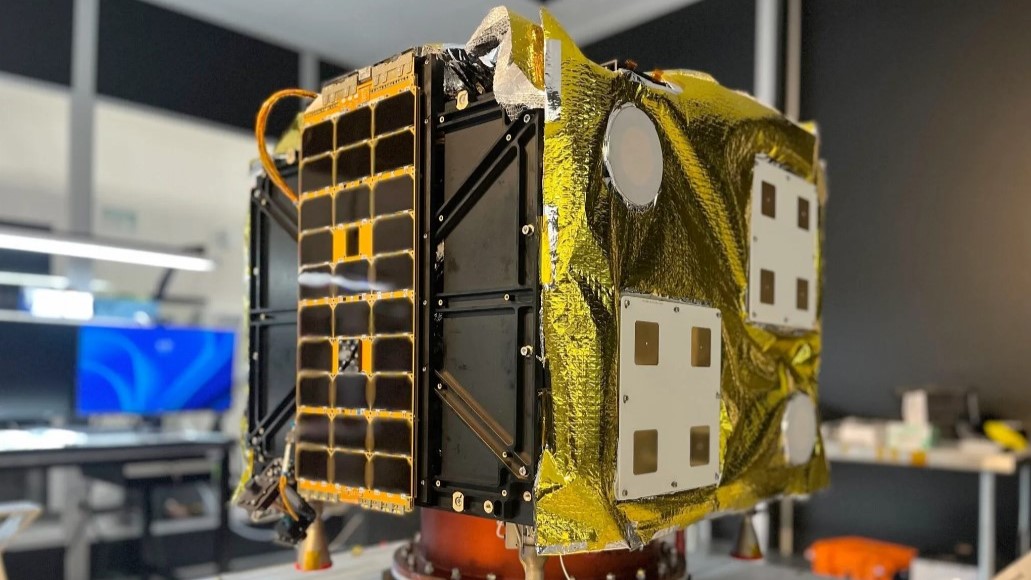
Asteroid prospecting company AstroForge has been awarded the first-ever commercial license for operating and communicating with a spacecraft in deep space, ahead of its Odin mission that's set to launch and rendezvous with a near-Earth asteroid in early 2025.
The license, granted by the U.S. Federal Communications Commission (FCC) on Oct. 18, pertains specifically to setting up a communication network with radio ground stations on Earth, to enable commands to be sent up to Odin and data to be transmitted back to Earth.
In this case, deep space is defined by the International Telecommunications Union as being farther than 2 million kilometers (1.2 million miles) from Earth.
AstroForge's ultimate aim is to send a spacecraft to an asteroid, land on it and use an onboard refinery to mine the asteroid for precious metals. But the technology is still very much at the proof-of-concept stage.
Related: Space mining startup AstroForge aims to launch historic asteroid-landing mission in 2025
The company's first space mission, Brokkr-1, was a cubesat that launched in April 2023 and successfully reached Earth orbit. However, AstroForge mission control was unable to successfully activate the prototype refinery technology on board to demonstrate that it works in microgravity. Despite this mishap, AstroForge said on its website that the Brokkr-1 mission had been "invaluable … identifying weaknesses to resolve for our upcoming Mission 2 and providing our team with the experience of a flight campaign from concept design to on-orbit operations and all the steps in between to build, qualify and certify a vehicle for space."
Odin is the company's second space mission. Despite winning the commercial license, it hasn't all been plain sailing for the new effort. In March, the original Odin spacecraft failed a vibration test, meaning that it would be vulnerable to damage during launch. The problem, said AstroForge, was that the spacecraft's baseplate, to which propulsion tanks and thrusters are attached, contained cracks resulting from its manufacture by a third party. This forced AstroForge to make the difficult decision to dump the original Odin spacecraft and accelerate in-house development on the spacecraft for its third mission, Vestri, to be used for Odin instead.
The new Odin spacecraft is a bigger beast than Brokkr-1. Odin weighs 100 kilograms (220 pounds) and will launch as a secondary payload on Intuitive Machines' IM-2 moon mission, currently slated for blastoff in January 2025.
AstroForge has not yet said which asteroid Odin will be heading to, but the plan is for the probe to orbit the asteroid and image its surface, ahead of Vestri, for which a new spacecraft is currently being built, which will land on the asteroid. AstroForge's timeline had Vestri slated for launch in 2025 on board IM-3, but given the need to build a new spacecraft and any uncertainties in Intuitive Machines' launch date, that timeline could change.
Neither Odin nor Vestri will conduct any actual asteroid mining, but should they succeed, they will have demonstrated the key stages of reaching an asteroid and getting in position to begin mining. The actual mining and refining technology would then be demonstrated on subsequent missions.







